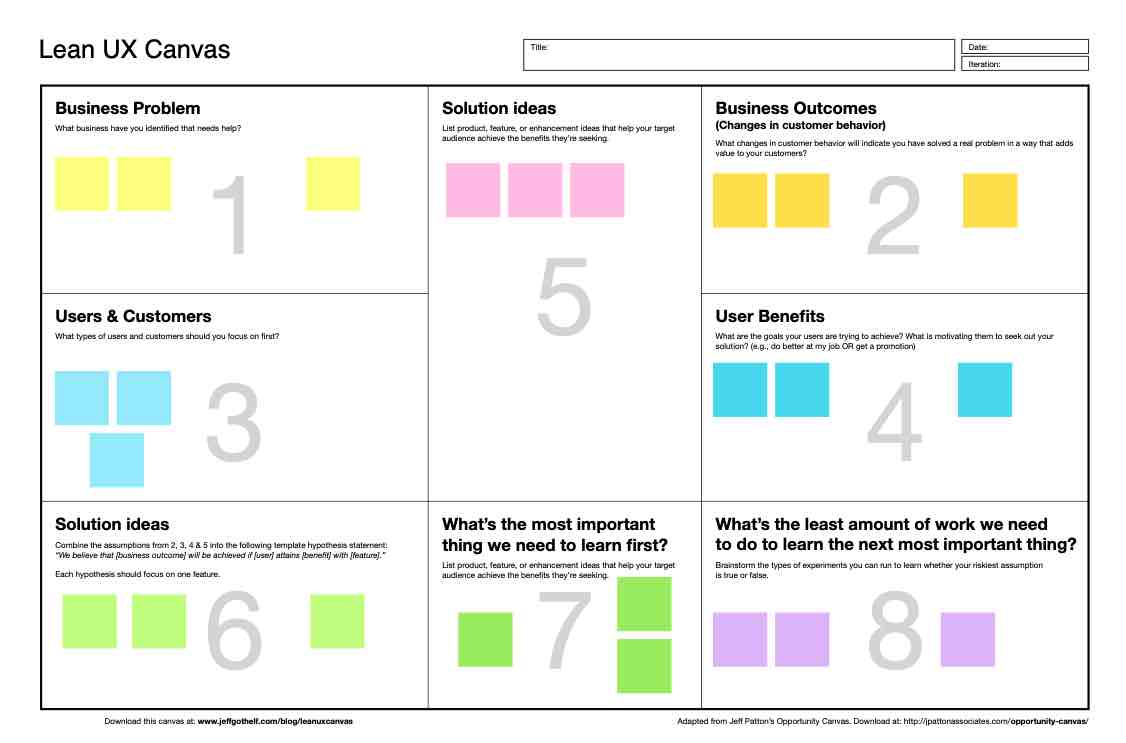
There are some tips for mobile app developers that will help you, no matter how experienced or new you are. These tips can help you maximize your app's exposure and drive downloads. They can also help you engage and connect with mobile learners.
App tip 1: Focus on your target market. You should create an app that is easy to use and contains features that appeal to your target audience. It is also essential that your app remains secure. Unstable apps will make it difficult for your users to use. Apps that interrupt the execution of tasks will be a no-no for your users. It is important that the app requires less taps to achieve the desired result.
App store guidelines require you to include keywords in your title, description, URL, screenshots, and URL. Similar to Google search optimization, this is how app stores require you to include specific keywords in your title, description URL and screenshots. You should make sure that you choose the right keywords to reach your target audience. To see what users think about your app, you should monitor ratings and reviews. It's also important to keep an eye on the performance of your app, so that you can improve it.

You should also remember to improve sections within your app. It is important that your app is safe for children. Be sure to follow safety guidelines that are appropriate for the age group your app is intended. You can also use animations or cartoons to engage younger children. You should not use tricks that are only suitable for young learners if your app is intended for adults.
Use contests, social media channels, and specialized campaigns to encourage user reviews. Reward your users who share feedback about your app. This can give your app a more personal touch and build trust with your users.
App store competition is fierce, so it's important to focus on the performance of your app. The best way to do this is by analyzing your user's behavior. This can help you determine what features are most valued by your users and what areas to improve. You can also do some research on your target audience to determine their interests and demographics. To target different ages, you can create multiple versions of your app.
You should also ensure that you have a quick response time. Users will not like apps that take a long time to respond to their requests. It is important to ensure your app is compatible on the platform it will be released. This can help you to create a consistent user experience. This can be achieved by adhering to the platform's rules.

It is also important to ensure that your app can be scaled. An all-in one app will allow you to reach more people and increase the number you download.
FAQ
Is web development difficult?
Web Development is hard but you can learn it if you are passionate about coding.
The only thing you need is to search for the right tools and follow their steps step by step.
YouTube and other platforms offer many tutorials. You can also download free software online like Sublime Text or Notepad++.
Books are also available in libraries and bookstores. Some of the most popular ones include:
O'Reilly Media's "HeadFirst HTML & CSS"
O'Reilly Media's "Head First PHP/Mysql 5th Edition"
Packt Publishing: "PHP Programming to Absolute Beginners"
I hope this article helps you!
Are you a technical person who wants to design and build a site?
No. All you need to understand HTML and CSS. Online tutorials can be found that cover both HTML and CSS.
Can I build my website using HTML & CSS?
Yes! If you've been following along so far, you should now understand how to start creating a website.
Now that you are familiar with how to create a website's structure, you will also need to be familiar with HTML and CSS programming.
HTML stands for HyperText Markup Language. Think of it like writing a recipe for a dish. You would list ingredients, directions, etc. HTML allows you to indicate to a computer which portions of text are bold, italicized and underlined. It also lets you know which part of the document is linked. It's the language of documents.
CSS stands for Cascading Style Sheets. You can think of CSS as a style sheet for recipes. Instead of listing each ingredient and instructing, you can write down general guidelines for font sizes, colors and spacing.
HTML tells your browser how to create a web page. CSS tells you how.
Don't be afraid to ask questions if you don’t understand any of these terms. Follow the tutorials and you will soon be creating beautiful websites.
How Much Does it Cost to Create an Ecommerce Website?
This will depend on whether you are using a platform or a freelancer. eCommerce sites typically start at around $1,000.
You can expect to pay between $5000 and $10,000 for a platform once you have decided.
If you're planning on using a template, you probably won't pay more than $5,000. This includes any customizations required to reflect your brand.
What is a responsive web design?
Responsive web design (RWD), is a way to create websites that display responsively on all devices, including smartphones, tablets, desktop computers, laptops and tablets. This allows users access all features of a website, including navigation menus, buttons and buttons, on one device. RWD's goal is to ensure that users view the exact same version of a website on every screen size.
You would, for example, want to make sure that a customer can view your website even on a mobile device.
Responsive websites will adjust their layout according to the device that is being used. Your laptop will view the website exactly as a normal desktop site. The page will look completely different if it's viewed on your smartphone.
This allows you create a website that looks great on any device.
What HTML & CSS can I use to create my website?
Yes, you can! It is possible with basic knowledge of web design, programming languages like HTML (Hyper Text Markup Language), CSS (Cascading style Sheets), and HTML (Hyper Text Markup Language). These languages can be used to create websites which can then be viewed by everyone who has an internet connection.
Statistics
- In fact, according to Color Matters, a signature color can boost brand recognition by 80%. There's a lot of psychology behind people's perception of color, so it's important to understand how it's used with your industry. (websitebuilderexpert.com)
- Is your web design optimized for mobile? Over 50% of internet users browse websites using a mobile device. (wix.com)
- It's estimated that chatbots could reduce this by 30%. Gone are the days when chatbots were mere gimmicks – now, they're becoming ever more essential to customer-facing services. (websitebuilderexpert.com)
- At this point, it's important to note that just because a web trend is current, it doesn't mean it's necessarily right for you.48% of people cite design as the most important factor of a website, (websitebuilderexpert.com)
- It enables you to sell your music directly on your website and keep 100% of the profits. (wix.com)
External Links
How To
What is website Hosting?
Website hosting is the location where people go when they visit websites. There are two types of website hosting:
-
Shared Hosting - This is your cheapest option. Your website files will reside on a server belonging to someone else. Customers visit your website and send their requests over the Internet to this server. The request is then handed to the owner of that server.
-
Dedicated hosting – This is the most expensive option. Your website will reside on a single server. Your traffic is private because no other websites have shared space on this server.
Most businesses choose shared hosting because it's less expensive than dedicated hosting. You can use shared hosting if the company owns the server to provide the resources required for your website.
Both options have their pros and cons. Here are some key differences between them.
Pros of Shared Hosting
-
Lower Cost
-
Easy to Set Up
-
Frequent Updates
-
It can be found on many web hosting companies
Hosting shared with others can cost as low as $10/month. Remember that shared hosting usually comes with bandwidth. Bandwidth is how much data you can transfer to the Internet. Even if you upload only photos to your blog you might still have to pay more for large amounts of data that you transfer through your account.
Once you begin, you will soon see why you spent so much on your previous host. Most shared hosts provide very limited customer support. Although their techs may help you with setting up your site, it's not a common practice.
A provider with 24-hour telephone support is a good choice. They'll take care of any issues that come up while you sleep.
Cons of dedicated hosting
-
More Expensive
-
Less common
-
Requires special skills
With dedicated hosting, you get everything you need to run your website. You won’t need to worry whether you have enough bandwidth or enough RAM (random address memory).
This means you will need to spend more upfront. You'll soon realize that your business is self-sufficient once it's online. You'll soon be an expert at managing servers.
Which Is Better for My Business?
The answer to this question depends on which type of website you wish to create. Shared hosting might be best if you just want to sell products. It's very easy to setup and maintain. And since you're sharing a server with many other sites, you'll likely receive frequent updates.
However, dedicated hosting is the way to go if you want to build a community around your brand. Instead of worrying about traffic, you can concentrate on building your brand.
Bluehost.com is a web host that offers both. They offer unlimited monthly data transfers, 24/7 support, free domain name registration, and a 30-day money-back guarantee.